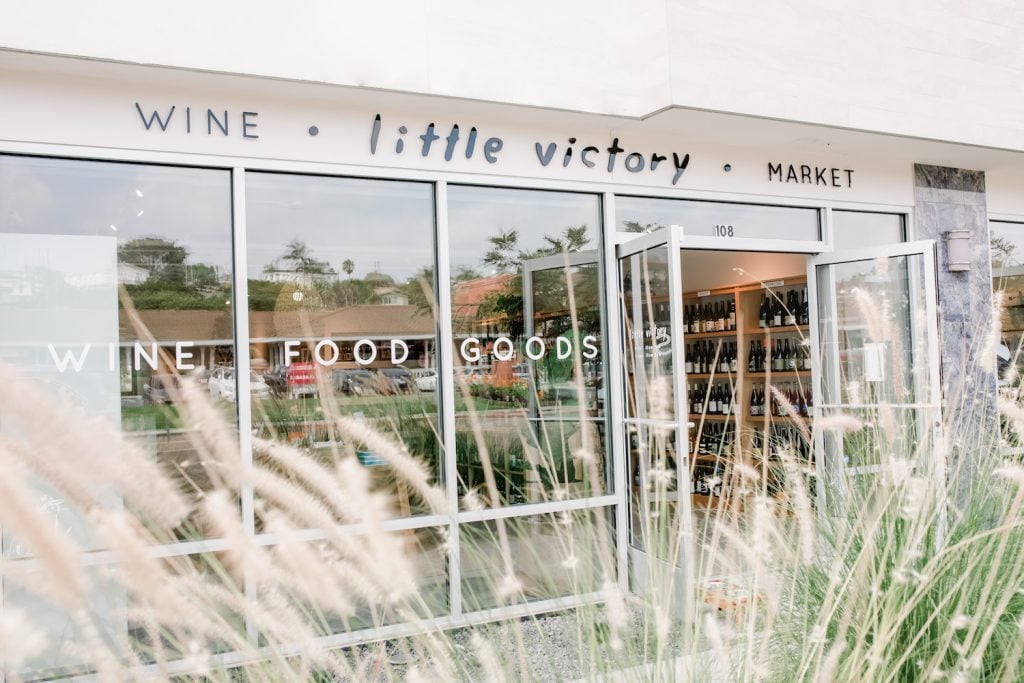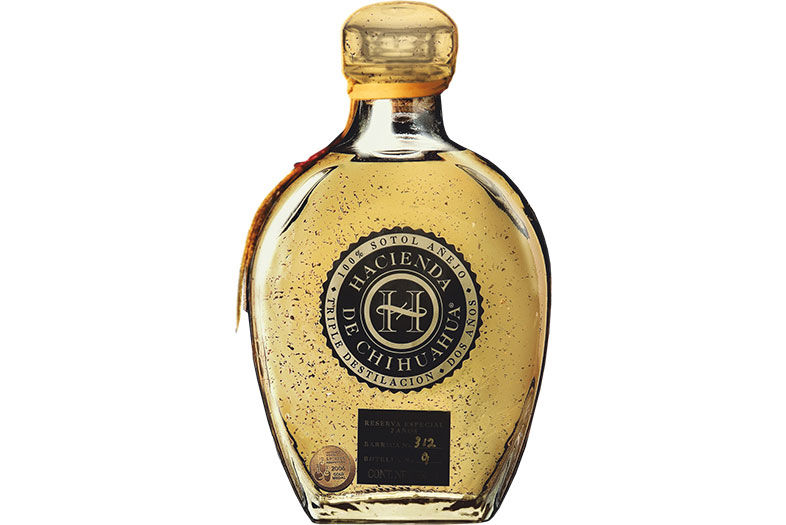WHERE TO TRY THEM
(Note: We urge you to sip mezcal and other alt-Mexican spirits neat. But this is a cocktail feature, so by all means, shake it up.)
Park Street Fix, Prepkitchen Little Italy
Chupacabra Tears, Bracero
China Dance Club, Lion’s Share
Shirley Temple Of Doom, The Nolen
Mezcal Mule, The Patio On Goldfinch
Tropic Thunder, Juniper and Ivy
Que Onda, Kettner Exchange
The Fly Catcher, Noble Experiment
El Conejo, Tidal
Tequila is, and will always be, the poster child of Mexican spirits. Especially now that the boom of Baja California food and drink has created a cross-border cuisine many simply call “Californian.”
But the hottest Mexican spirit of the moment is, by a pretty wide margin, mezcal. And as the knowledge of bar patrons continues to rise with the craft cocktail movement—which prides itself on sourcing odd, arcane, small-batch spirits—the entire gamut of alt-Mexican spirits is emerging. Whether sotol, raicilla, or bacanora, demand for more tastes of Mexico in a glass has never been higher.
“Whereas tequila is made from one kind of agave, with mezcal you have over 40,” says The Patio on Goldfinch GM and certified catador (tequila expert) Chris Simmons. The difference between mezcal and tequila is often explained using the case of Old World and New World wines. The former has strict guidelines on which grapes may be used, whereas New World wines are allowed to use whatever they please. Since most mezcal is made in small villages, the agave used tends to be whatever grows in their backcountry. The main difference in flavor is that mezcal is baked underground, giving it a trademark smoky flavor.
“The appeal is the rarity and the variety—definitely more than tequila,” says Lucien Conner, bartender at Puesto. “Most cocktail mezcal is made from the espadín agave, and it’s the smoky kind. You have to get beyond espadín if you want to appreciate mezcal. The Del Maguey series is single-agave artisan, wild and organic. It’s got a little bit of that smokiness, but also a beautiful fruit flavor. It almost tastes like bubble gum and passion fruit.”
It all boils down to the distilling process. “[Mezcal] is still kind of locked in this primitive world of distillation, so you get this real accent of terroir that you don’t get in other spirits,” says Fairweather’s Anthony Schmidt. “Mezcal from the exact same agave plant in the same style of earth might taste totally different from the mezcal the guy on the other side of the hill is making, because there were different mango trees or different flowers growing nearby.”
Simmons says the misconception about mezcal is that it’s all smoky, like scotch. “There are only two mezcals that are smoky,” he explains. “There are all these other varietals that are vegetal and green and light and refreshing.” Most bartenders suggest choosing a great mezcal—like those from Del Maguey—and sipping it straight.
Mezcal’s burgeoning popularity, however, may be its biggest problem. “[With] a lot of these really cool mezcals, the guys are harvesting stuff that’s really rare,” Conner says. “Every time I have a staff meeting and urge our servers to suggest a mezcal, I kind of feel like I’m urging them to sell a
giant panda. It’s an endangered species.”
Another emerging Mexican spirit is sotol, harvested from a distant relative of agave known as “desert spoon,” mostly in the Chihuahua region. It resembles tequila and mezcal, but is notably softer and gentler.
“Sotol is one of the most gorgeous and delicate spirits,” says Frankie Thaheld of Snake Oil Cocktail Co. “It’s not as high octane like tequila and mezcal, so I don’t think it’ll ever be as widely appealing. Which should keep it safe.”
There’s also raicilla, an agave spirit hailing from Puerto Vallarta. The company La Venenosa has started importing it to the U.S. And finally there’s bacanora, a Sonoran mezcal that’s much less smoky than the others, which many describe as a gateway spirit between tequila and mezcal. Lion’s Share bartender David Tye says that, at some places in Chula Vista, you can even find pulque, the frothy white spirit that’s fermented, not distilled.
As opposed to large-scale tequila operations, each bottle of these alt-Mexican spirits represents the soil, the plants, and the smells of various small villages in Mexico.
“It’s why your mom’s food tastes better,” says Christian Siglin of Bracero. “It’s made with love.”
More in Cocktails:
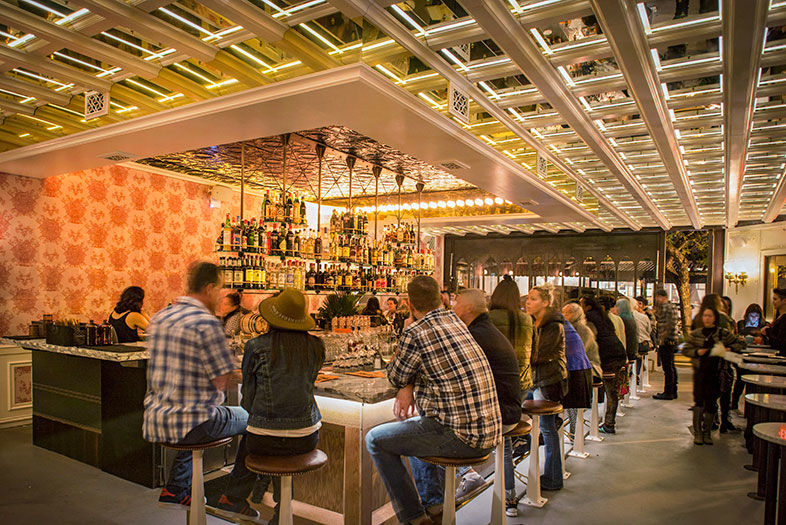
Signature Drinks
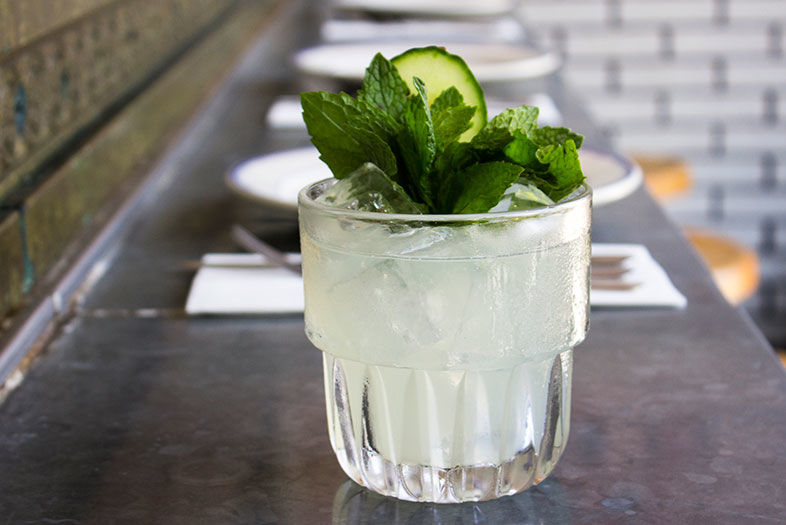
Tiki Takeover
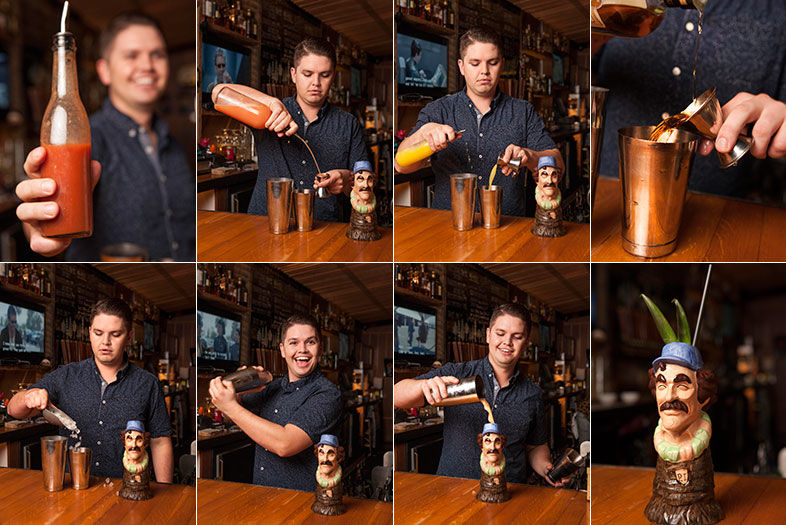
Tiki Takeover
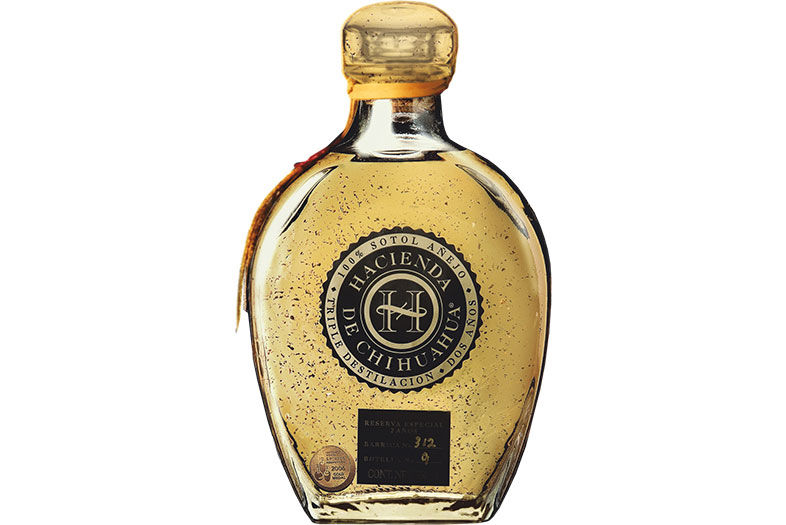
The Mezcal Moment


